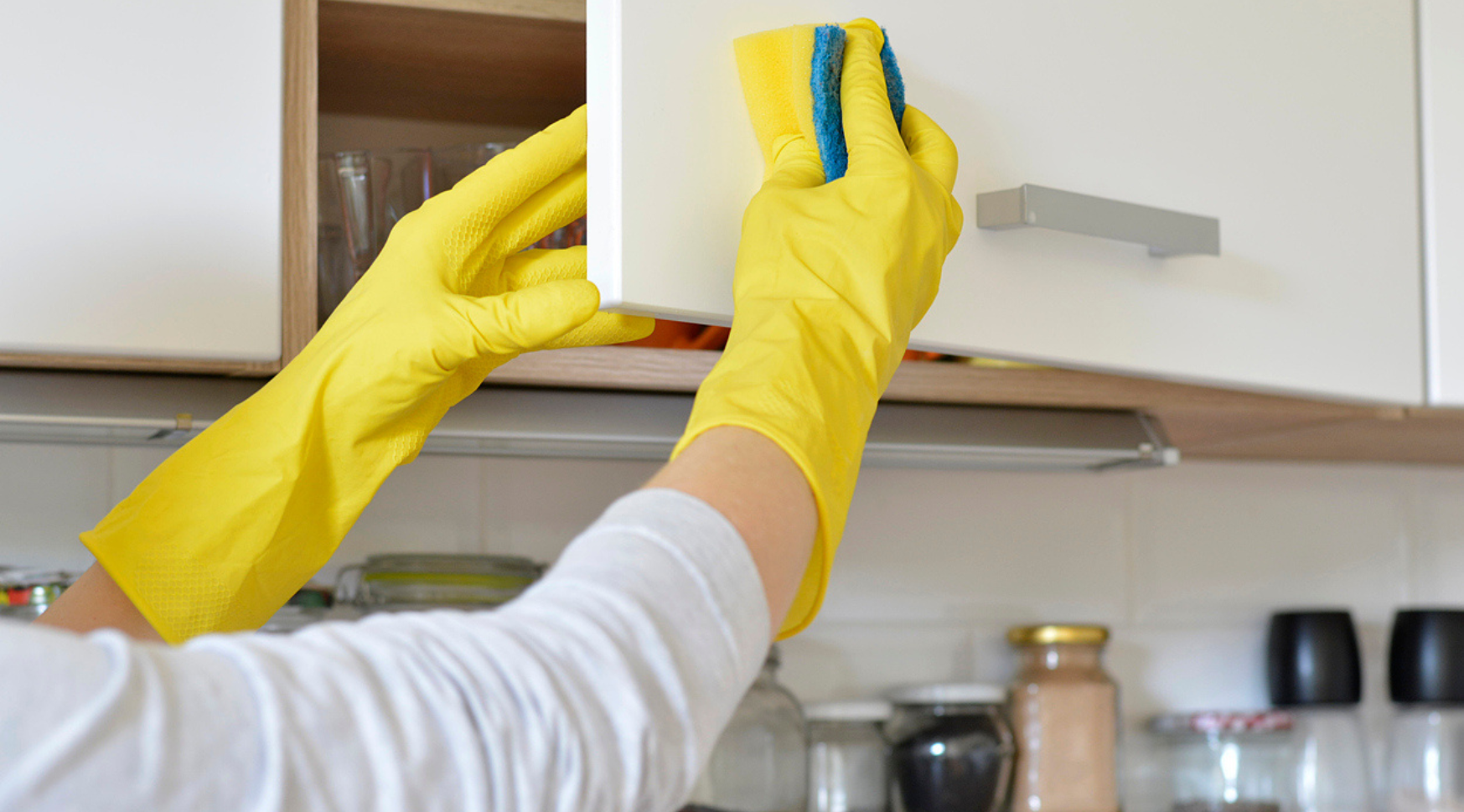Custom cabinets are more than just functional storage solutions; they are an investment in your home’s beauty and value. Whether they are crafted from high-quality wood or feature intricate designs, taking proper care of your custom cabinets ensures they remain stunning and durable for years to come. This guide offers essential maintenance tips to help you protect your cabinetry from wear and tear.
1. Regular Cleaning: The First Step to Longevity
Dirt, grease, and grime can accumulate on cabinets over time, especially in kitchens. Regular cleaning is key to preventing buildup that can damage the finish.
- Daily Care: Use a soft, damp cloth to wipe down cabinet surfaces. Avoid abrasive scrubbers, as they can scratch the finish.
- Weekly or Biweekly Cleaning: For a deeper clean, use a mild detergent or a cabinet-specific cleaner. Mix a few drops of dish soap with warm water, gently wipe the cabinets, and dry them immediately with a clean cloth.
- Avoid Harsh Chemicals: Never use bleach, ammonia, or harsh chemical cleaners, as they can strip the finish and discolor the wood.
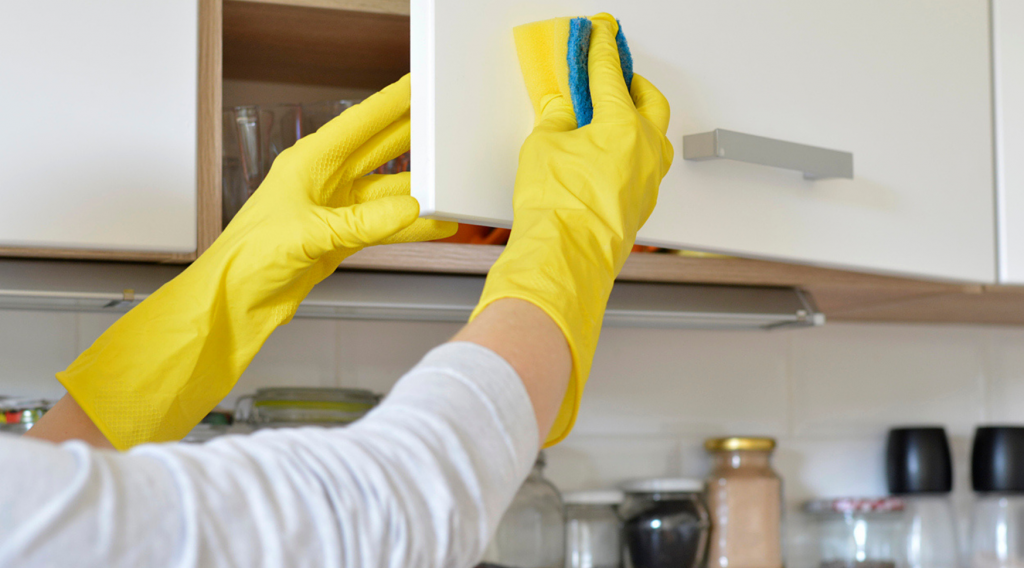
2. Protecting the Finish
The finish on your custom cabinets not only enhances their appearance but also acts as a barrier against moisture and dirt.
- Polishing: Apply a wood polish or a beeswax-based product every few months to maintain the shine and protect the surface. Make sure to use a product compatible with your cabinet’s finish—painted cabinets require different care than stained or natural wood finishes.
- Sunlight Protection: Prolonged exposure to direct sunlight can fade the color of your cabinets. Use blinds or curtains to reduce UV exposure in rooms with ample sunlight.
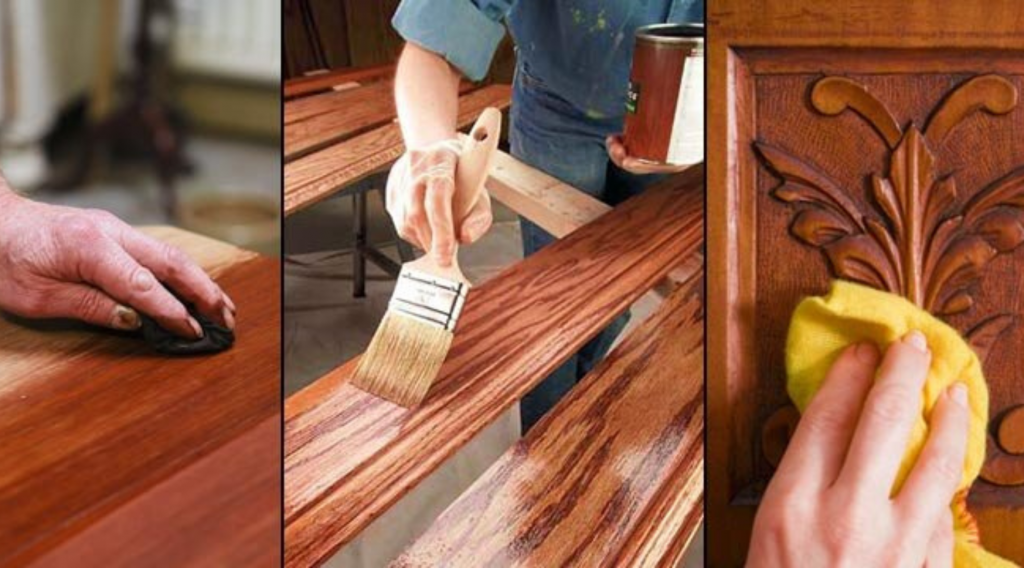
3. Preventing Water Damage
Water is one of the biggest threats to wooden cabinets, particularly in kitchens and bathrooms.
- Wipe Spills Immediately: Whether it’s water, oil, or a cooking spill, cleaning up immediately prevents the liquid from seeping into the wood or damaging the finish.
- Watch for Leaks: Regularly inspect areas around sinks and dishwashers to ensure there are no leaks that could lead to moisture damage. If you notice any warping or discoloration, address it promptly.
- Use Liners: Adding liners to shelves and drawers can protect against moisture from stored items such as cleaning products or toiletries.
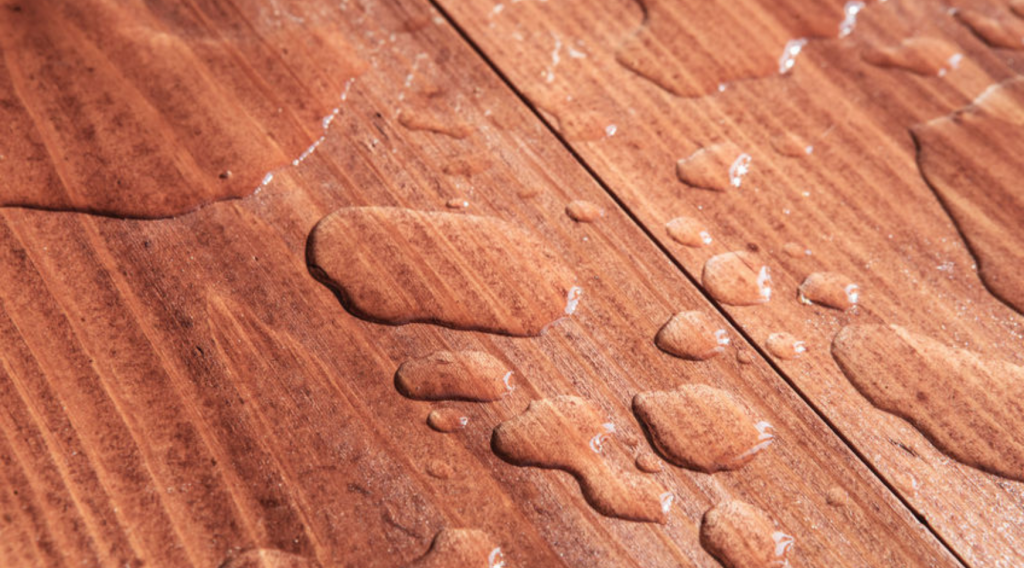
4. Handle Maintenance with Care
Cabinet hardware, such as handles, knobs, and hinges, can wear out over time, affecting both function and appearance.
- Tighten Loose Screws: Periodically check and tighten any loose screws to keep doors and drawers aligned properly.
- Lubricate Hinges: If you notice squeaky hinges, apply a small amount of lubricant to keep them functioning smoothly.
- Clean Hardware: Use a gentle cleaner to remove fingerprints, grease, and dirt from handles and knobs. For metal hardware, a solution of water and mild soap works well, followed by thorough drying.
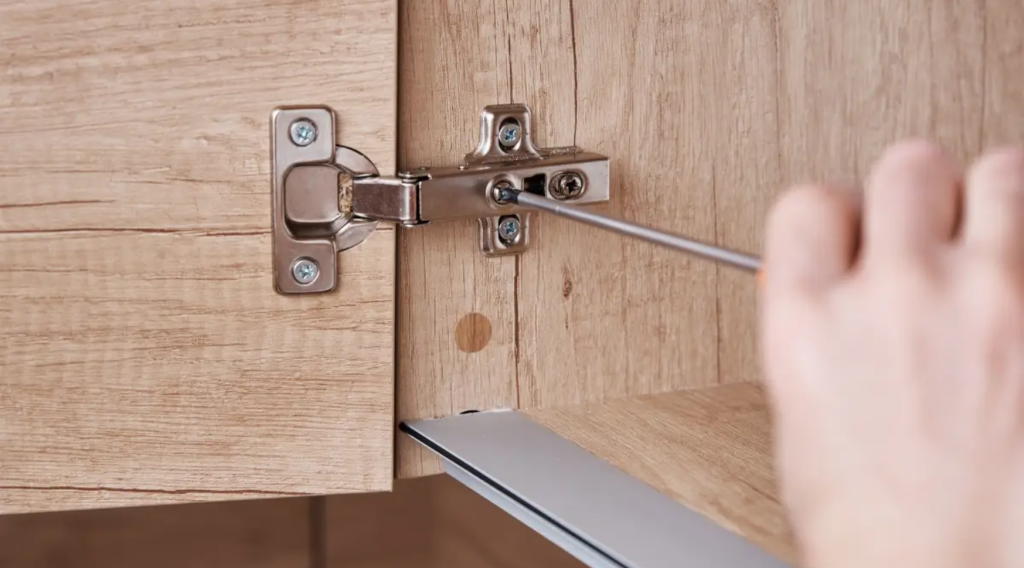
5. Avoid Excessive Weight and Force
While custom cabinets are built to last, placing excessive weight on doors or drawers can lead to damage over time.
- Don’t Overload Drawers: Stick to the recommended weight limits for drawers to prevent the tracks from bending or breaking.
- Close Doors Gently: Soft-close hinges are a great investment, but if your cabinets don’t have them, make a habit of closing doors and drawers gently to avoid unnecessary wear on the hardware.
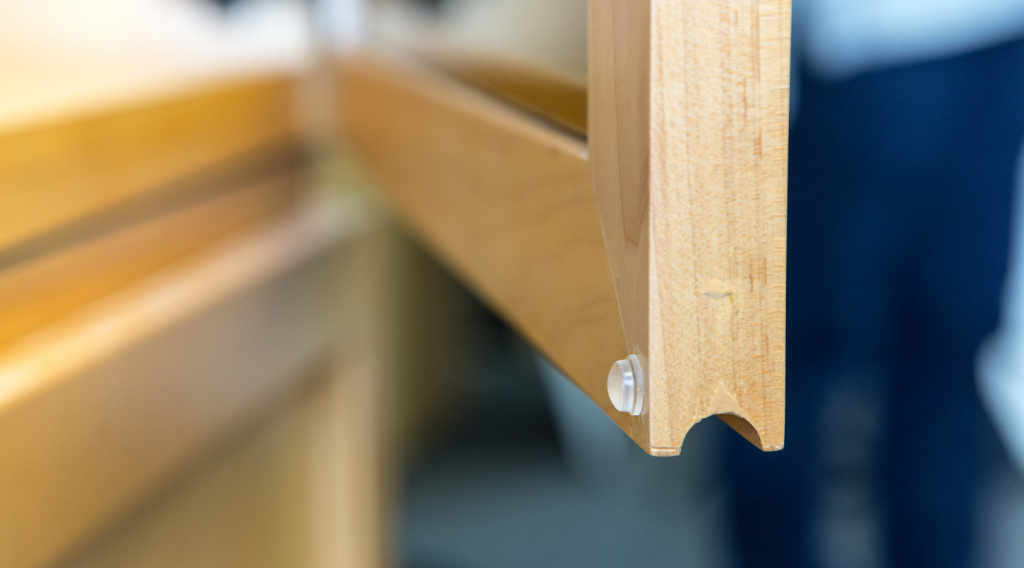
6. Seasonal Maintenance
Wooden cabinets can expand and contract with changes in temperature and humidity.
- Control Humidity: Keep indoor humidity levels between 30% and 50% to prevent wood from swelling or cracking. Using a dehumidifier in humid climates or a humidifier during dry winters can help maintain balance.
- Inspect for Damage: At least once a year, thoroughly inspect your cabinets for any signs of wear, such as chips, cracks, or peeling finish. Addressing small issues early can prevent them from becoming bigger problems.
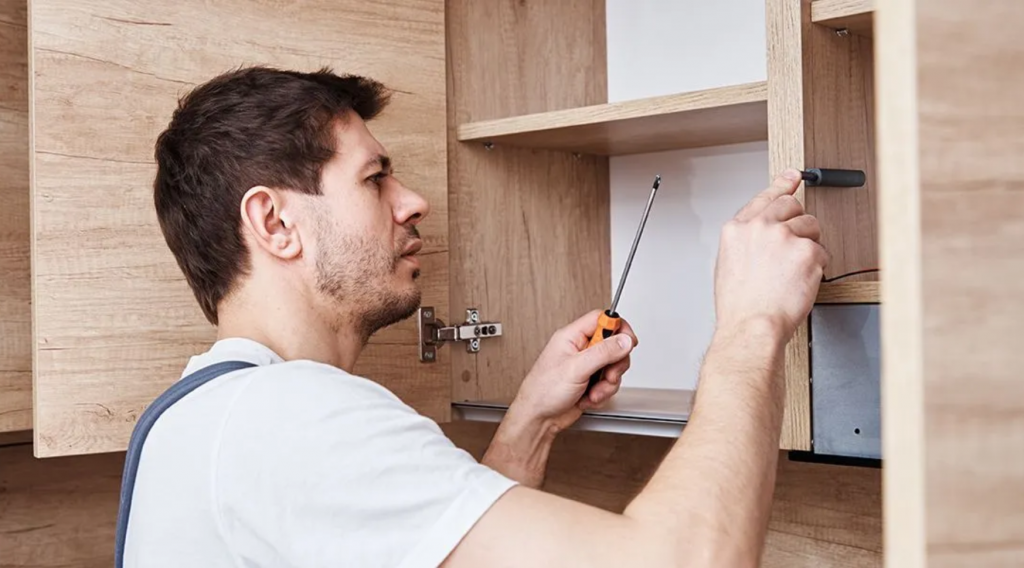
7. Refinishing and Repairs
Even with the best care, cabinets may eventually show signs of wear.
- Touch-Up Kits: Many cabinet manufacturers offer touch-up kits with matching paint or stain. Use these kits to cover small scratches and blemishes.
- Professional Refinishing: If your cabinets start to look worn after years of use, consider professional refinishing. This process can restore their original beauty without the cost of replacing them entirely.
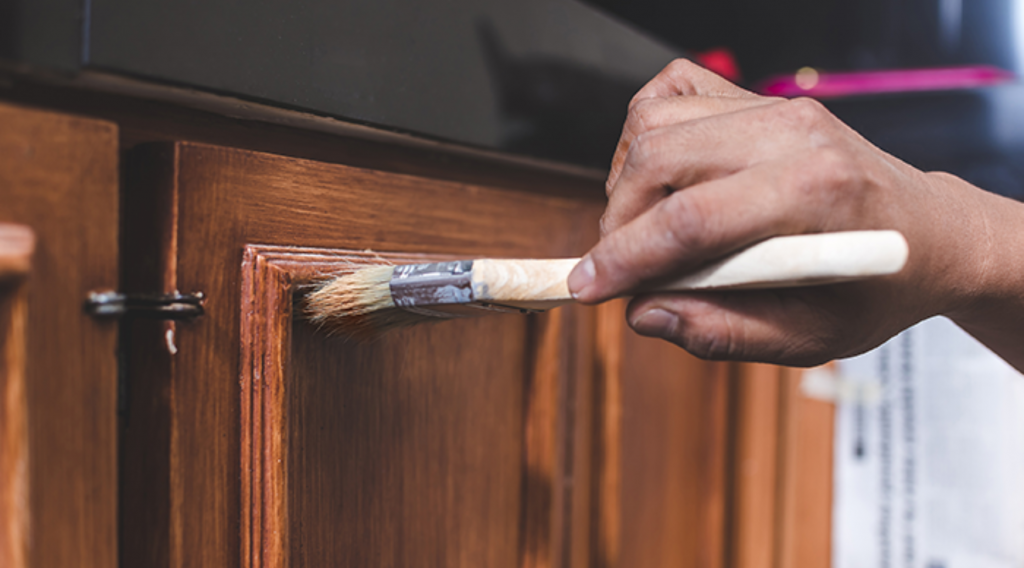
Conclusion
Proper maintenance is essential for keeping your custom cabinets looking and functioning like new. By adopting these care tips—regular cleaning, protecting against moisture, maintaining hardware, and addressing issues early—you’ll extend the lifespan of your cabinetry and ensure they continue to enhance your home’s style. Whether you have custom kitchen cabinets in the Bay Area or custom closets and media walls in your San Jose home, these simple steps can make a big difference.
Taking the time to care for your cabinets not only preserves their beauty but also protects your investment, ensuring that your cabinetry remains a valuable and cherished part of your home for years to come.

